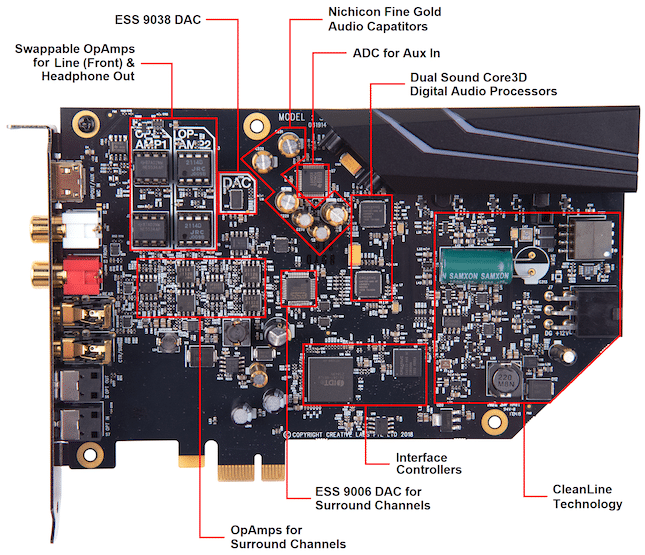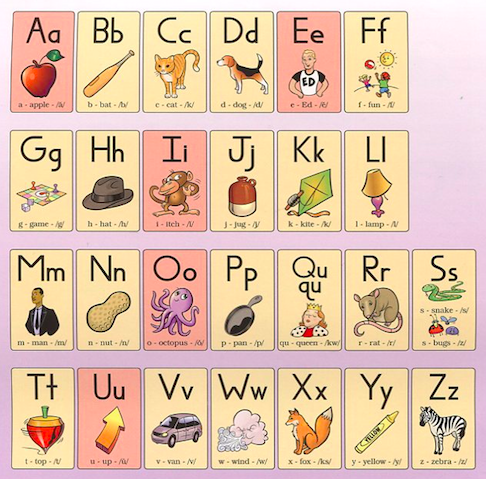Drivers Sveon Sound Cards & Media Devices
- Drivers Sveon Sound Cards & Media Devices Online
- Drivers Sveon Sound Cards & Media Devices Download
- Drivers Sveon Sound Cards & Media Devices Without
- Drivers Sveon Sound Cards & Media Devices Free
- Latest downloads from REALTEK in Sound Card. Sort by: last update. 1.x) Realtek Audio Driver 6.0.8945.1 for Windows 10 64-bit 106 downloads.
- X Series External Multi-Channel USB DAC and Amp Sound Card “X” for Movies and Music with Cross-platform Connectivity — Elevate your home entertainment experience with multi-channel surround sound and our critically-acclaimed proprietary Super X-Fi technology in an external USB plug-and-play format that works with PC, Mac, and even gaming consoles like PlayStation 4, and Nintendo Switch.
- Download sound card drivers or install DriverPack Solution software for driver scan and update. Download Download DriverPack Online. Sound card drivers.
Drivers Sveon Sound Cards & Media Devices Online
HP Officejet Pro K5300/k5400 Driver; Sveon Sound Cards & Media Devices drivers for Windows 7 64-bit. 7 free page 4,free driver pci ven 8086 dev multimedia audio.
-->Windows provides global slider controls for altering DirectSound performance on a system-wide basis. The sliders control the level of hardware acceleration and quality of sample-rate conversion (SRC) that are made available to DirectSound applications. Changes made to the hardware-acceleration and SRC sliders are persistent across boot-ups.
The hardware-acceleration and SRC settings can be changed only by direct end-user action. No API is available for changing the hardware-acceleration or SRC setting from an application program. This behavior improves stability and prevents software from placing the audio system in a state from which it cannot be removed without rebooting.
These settings affect only DirectSound applications. Note that the waveOut API always uses the best SRC quality regardless of the setting of the DirectSound SRC slider. Also, in all current versions of Windows, waveOut applications are unable to use hardware-accelerated pins on audio devices and are unaffected by the setting of the DirectSound hardware-acceleration slider. For more information about the Windows multimedia waveOut API, see the Microsoft Windows SDK documentation.
To locate the DirectSound hardware-acceleration and SRC sliders in Windows, for example, follow these steps:
Drivers Sveon Sound Cards & Media Devices Download
In Control Panel, double-click the Sounds and Audio Devices icon (or just run mmsys.cpl).
On the Audio tab, select a device from the Sound Playback list.
Select the Advanced button.
Select the Performance tab.
At this point, you should see two sliders that are labeled Hardware acceleration and Sample rate conversion quality.
The hardware-acceleration slider has four settings that range from None (level 0) on the left to Full (level three) on the right. The following table shows the meaning of these settings.
| Acceleration Level | Setting Name | Description |
|---|---|---|
0 | Emulation | Forces emulation. |
1 | Basic | Disables hardware acceleration of DirectSound secondary buffers. |
2 | Standard | Enables hardware acceleration of DirectSound secondary buffers but disables vendor-specific property-set extensions. |
3 | Full | Enables hardware acceleration of DirectSound secondary buffers and enables vendor-specific property-set extensions. |
Drivers Sveon Sound Cards & Media Devices Without
Emulation Setting
The Emulation setting above forces DirectSound into emulation mode. In this mode, DirectSound applications run as though no DirectSound driver is present. All mixing is done by DirectSound in user mode, and the resulting audio data is played back through the waveOut API. The result is typically a large increase in latency.
Basic Setting
The Basic setting disables hardware acceleration of DirectSound secondary buffers. Under this setting, all DirectSound applications run as though no hardware acceleration is available, regardless of the capabilities of the sound card that is being used. You can use this setting during testing to emulate a sound card that has no DirectSound acceleration. With an adapter such as the OPL, which has no acceleration of DirectSound secondary buffers, this setting has the same effect as the Standard setting. In Windows Server 2003, Basic is the default setting.
Standard Setting
The Standard setting enables hardware acceleration of DirectSound secondary buffers but disables vendor-specific extensions such as EAX (Creative Technologies' environmental audio extensions) that are exposed as property sets through the IKsPropertySet interface (see Exposing Custom Audio Property Sets). In Windows 2000, the Standard setting is selected by default.
Full Setting
The Full setting enables full acceleration of DirectSound secondary buffers. This setting also enables property sets for vendor-specific extensions that are exposed through the IKsPropertySet interface (see Exposing Custom Audio Property Sets). IKsPropertySet extensions include vendor-specific hardware enhancements such as EAX.
If the user adjusts either the hardware-acceleration or SRC setting to a value other than the default, DirectSound uses the new setting instead of the default.
Using a computer in a home theater system can be a pain when it comes to audio. Computers usually output audio through numerous connections, none of which are connections commonly used by home theater systems. This means a chain of wires and adapters is required.
But now HDMI allows users to bundle audio and video and send it all through a single cable. This greatly reduces the headache of connecting a PC to a home theater. So what do you need to use HDMI with your PC?
Video Killed the Audio Card
Surprisingly, the best way to transfer audio from a PC via HDMI is using your video card. As mentioned, HDMI is a combined standard for both audio and video. Recent video cards have taken advantage of this fact.
The video cards which support PC audio over HDMI include ATI Radeon cards of the 3000 series or newer and Nvidia cards of the 9000 series or newer. The ATI cards are the easiest to use. Simply install the card and the drivers and the audio works. The Nvidia cards require that an internal SDPIF connection be made between your PC's sound card or motherboard and the Nvidia video card.


Making the Connection
Not all video cards which support PC audio over HDMI ship with HDMI outputs. They ship instead with DVI, which is common on computer monitors.
These video cards still support audio over HDMI, but a DVI-to-HDMI adapter must be used to enable the audio. Connecting to your home theater via DVI will not enable audio. Most video cards which have only DVI outputs ship with DVI-to-HDMI adapters.
Solving Driver Issues


Drivers Sveon Sound Cards & Media Devices Free
Although it would be great if computers just worked, they often don't. The audio drivers for the video card outputting audio over HDMI can sometimes conflict with your existing audio drivers.
To solve this problem you need to disable your old audio drivers and enable the new ones. Go to your Windows Control Panel and then open sound properties. You will find a list of audio outputs available. Select the HDMI output and right-click to open a menu. Click disable. Then right-click the HDMI output and make sure it is enabled. You may also need to reboot your computer.
Enjoy HDMI
Once you have HDMI operating on your PC you'll never want to go back to using separate audio and video connections. The quality is superb and having only a single wire connecting your PC and your home theater reduces confusion. Enjoy your new, less cluttered home theater!
